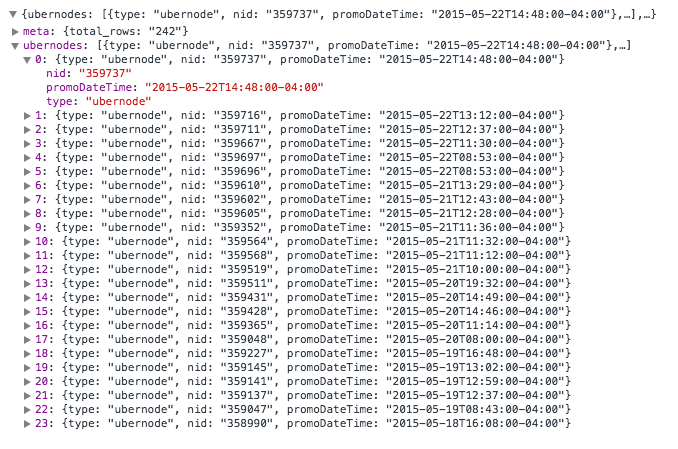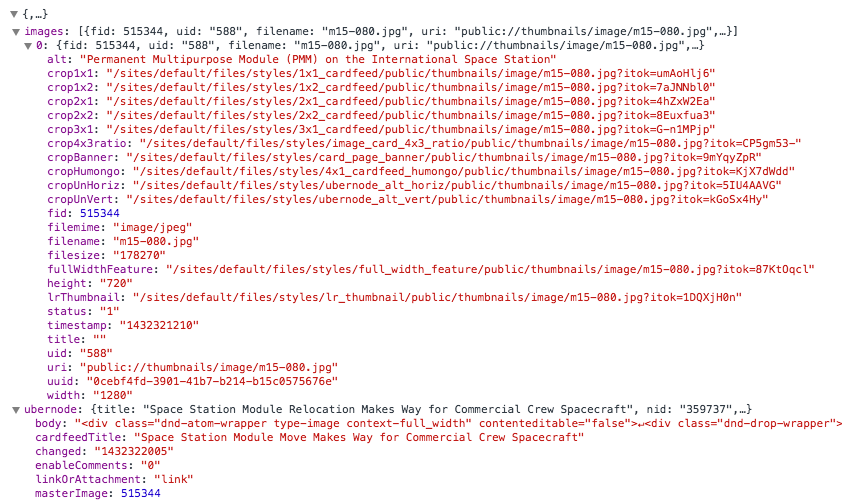
We are in the business of awesome user experience, software engineering, mobile products, and web design. Our award-winning solutions leverage new technological developments to propel our clients to new heights. With today’s competitive technology industry, we know the importance of software developers for our clients’ success. We want to provide the best of the best for our clients. To ensure we are doing so, our company joined Clutch to see how we stack against the competition in our industry.
Clutch, a B2B ratings and reviews platform, evaluates companies across various industries in order to help businesses choose the best service provider. They analyzed Mobomo based on our services offered, client base, and case studies of projects we’ve executed for former clients. More importantly, they spoke directly with our former clients in phone interviews to obtain an accurate and verified understanding of their experience working with the Mobomo team. The interviews have been an incredibly valuable resource for our clients to provide their feedback on our service, and for our own team to reflect on how far we’ve come as an agency.
You can find these former client reviews on our Clutch profile. Here’s a glimpse of the praise so far:
“[Mobomo] has extremely talented developers with a knack for finding the most efficient solutions.” – Branch Chief, Government Agency
“Because of Mobomo, things run much smoother and more efficiently now.” – Website Project Manager, Nonprofit
“The team is responsive to all inquiries, questions, and concerns.” – Program Analyst, Center for Strategic and Budgetary Assessments
These rave reviews, combined with our excellence in other areas of Clutch’s research methodology, scored us positions as a global leader in two development categories. In the ultra-competitive development space, we have been recognized as one of the top global 15 mobile app development companies, more specifically for iPhone development, and as one of the best WordPress Developers in the world.
Our ability to deliver has not only propelled us to the top of the development space, but we have been featured in Clutch’s inaugural listing, The Clutch 1000. The Clutch 1000 is their most selective list of the most highly ranked B2B service providers. B2B companies with the strongest brand reputation, clientele, and reviews were selected from a pool of over 50,000 global agencies, and we were placed in the top in the top 60!
Lastly, Clutch is not the only platform that gave us praise for our development prowess. The Manifest named us as a top-20 leading web development firm. The Manifest is a database of industry reports, how-to-guides, and top service provider lists across various industries.
In conclusion, we want to say thank you to all of our clients and partners; your support allows us to do what we love. We’re proud of our high rankings so far, and we can’t wait to keep pushing the boundaries of next level development with you.


 Nothing in the design process is absolute. I am sure many designers can relate, it is frustrating when you create a design and then when you see the final product (after development) the design looks different than what was intended. It is fair to say not all designs translate in the development process but as a designer we should start designing with developers in mind. In a world that isn’t perfect and where you have little control, designers, it is time to be flexible. Designer's take pride in layouts, making sure each element has a purpose and it’s own place. Crafting “pixel perfect” designs is an achievement that we strive for after years of hard work and practice. Because of the effort that’s put into designs, we have a tendency to get upset with developers when our layouts haven’t been transformed perfectly.
Nothing in the design process is absolute. I am sure many designers can relate, it is frustrating when you create a design and then when you see the final product (after development) the design looks different than what was intended. It is fair to say not all designs translate in the development process but as a designer we should start designing with developers in mind. In a world that isn’t perfect and where you have little control, designers, it is time to be flexible. Designer's take pride in layouts, making sure each element has a purpose and it’s own place. Crafting “pixel perfect” designs is an achievement that we strive for after years of hard work and practice. Because of the effort that’s put into designs, we have a tendency to get upset with developers when our layouts haven’t been transformed perfectly. 


